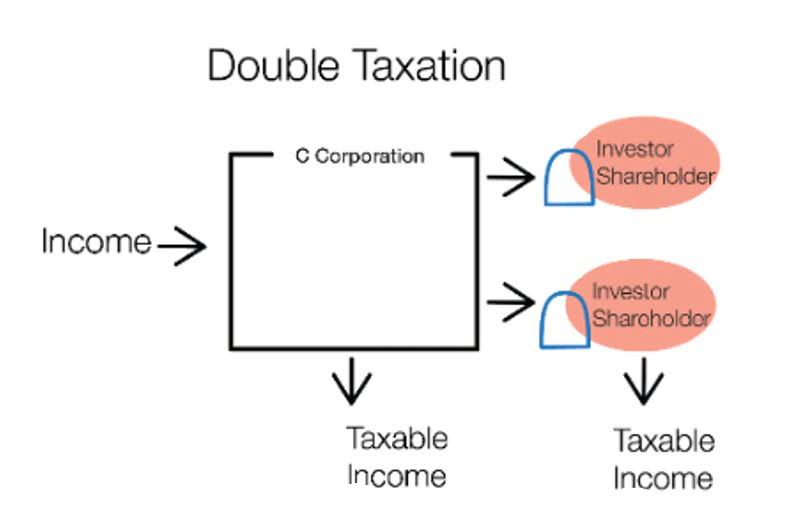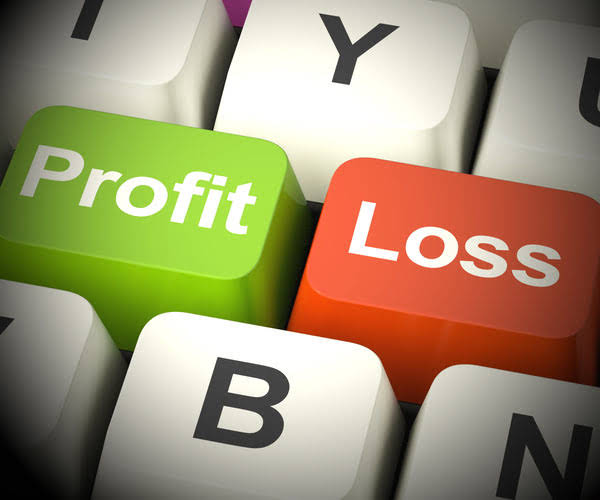The FIFO Method Explained

On the first day, we have added the details of the purchased inventory. Third, we need to update the inventory balance to account for additions and subtractions of inventory. To find the cost valuation of ending inventory, we need to track the cost of inventory received and assign that cost to the correct issue of inventory according to the FIFO assumption. Under the FIFO Method, inventory acquired by the earliest purchase made by the business is assumed to be issued first to its customers. Considering the key points outlined in this blog, you can effectively utilize FIFO to present a more accurate and favourable picture of your business’s profitability and value. So, the gross profit of the FIFO method in this example would be $1,300.

What Is The FIFO Method? FIFO Inventory Guide
FIFO is most commonly used in industries that produce perishable goods or products with a fixed shelf life and expiration date. For example, the grocery industry uses FIFO to push out products with an expiration date first, and a how to find sales revenue using fifo cosmetic brand uses FIFO to ensure that the first inventory batch is sold first. Again our purchases are $1,800, but this time our cost of sales comes to $741. Gross profit is calculated by taking the sales and deducting the cost of goods sold from this. The income statement example above for a trading business is more complex than the simple one for a service business.
LIFO Impact on Cash Flow and Net Income

This will impact your virtual accountant profit margins and may not reflect the best financially. FIFO works well in industries where pricing environments are stable or rising. Especially when the cost of goods rises, FIFO leads to a lower cost of goods sold (COGS) because older, less expensive stock is sold first. Almost every accounting student I have encountered has had to memorize the cost of goods sold formula because they simply didn’t understand what it means and how it works in practice. I hope the explanations above will make it easier for you to understand and work with this key formula.

( . FIFO perpetual inventory card:
- The problem with this method is the need to measure value of sales every time a sale takes place (e.g. using FIFO, LIFO or AVCO methods).
- This typically includes industries such as supermarkets, pharmacies, and convenience stores selling items like fuel and tobacco whose costs are subject to frequent increases.
- A certain portion of this revenue may be paid in cash, while the remaining portion may be purchased on credit through terms such as accounts receivable.
- Use inventory management software or enhance your accounting system to include fields for purchase dates, item tracking, and automated FIFO costing.
- In the FIFO Method, the value of ending inventory is based on the cost of the most recent purchases.
So our sales would be $400 and our cost of the goods we sold (cost of sales) would amount to $300. This would result in a gross profit of $100 (sales minus cost of sales). Yes, FIFO is still a common inventory accounting method for many businesses.
- Learn about emerging trends and how staffing agencies can help you secure top accounting jobs of the future.
- In contrast, qualitative methods, like expert panels, work well for new products lacking past data.
- Adding to this challenge is the overwhelming ‘array of choices’, which can slow down the process and make it feel daunting.
- Let’s say that a new line comes out and XYZ Clothing buys 100 shirts from this new line to put into inventory in its new store.
Every time a sale or purchase occurs, they are recorded in their respective ledger accounts. However, as bookkeeping we shall see in following sections, inventory is accounted for separately from purchases and sales through a single adjustment at the year end. On the balance sheet, FIFO presents ending inventory at the most current cost. Following the bakery example, the June flour purchase valued at $1.50 per pound would represent the balance sheet inventory amount. In this way, FIFO matches sales to the oldest costs first, resulting in the most recent costs being used to value ending inventory.

The Last-In, First-Out (LIFO) inventory method is a widely recognized accounting strategy for managing inventory. It operates on the principle that the most recently purchased or produced items are sold or used first, leaving the older inventory costs to remain on the books. This approach is particularly beneficial in industries like electronics, auto dealerships, and sectors affected by rapid price fluctuations. Under FIFO, the cost flow assumption is that oldest inventory items are sold first. As each sale occurs, the cost of goods sold is calculated by removing the oldest item’s costs from the inventory asset account.
